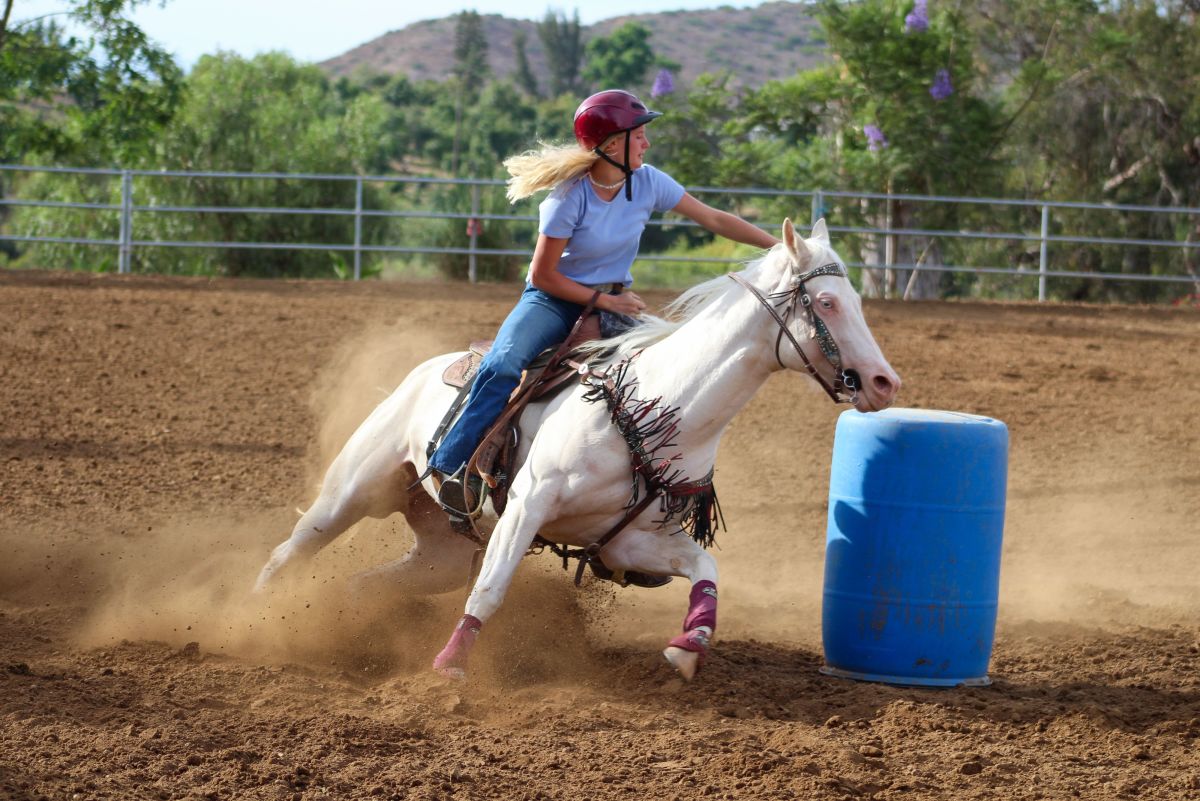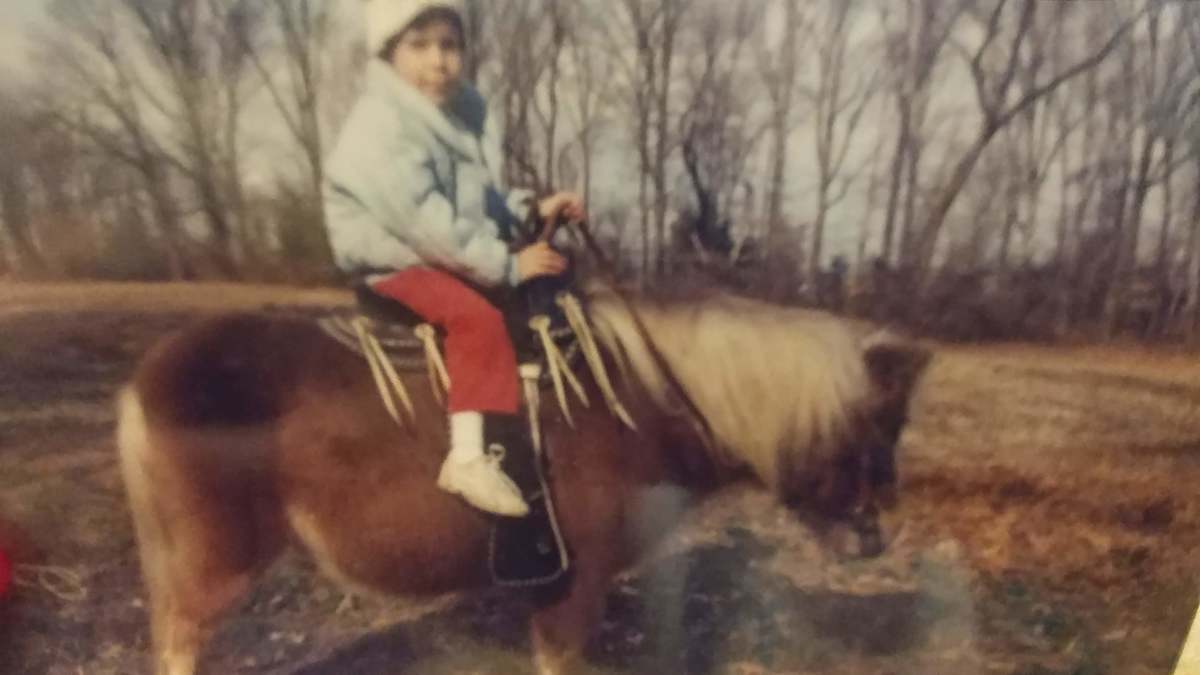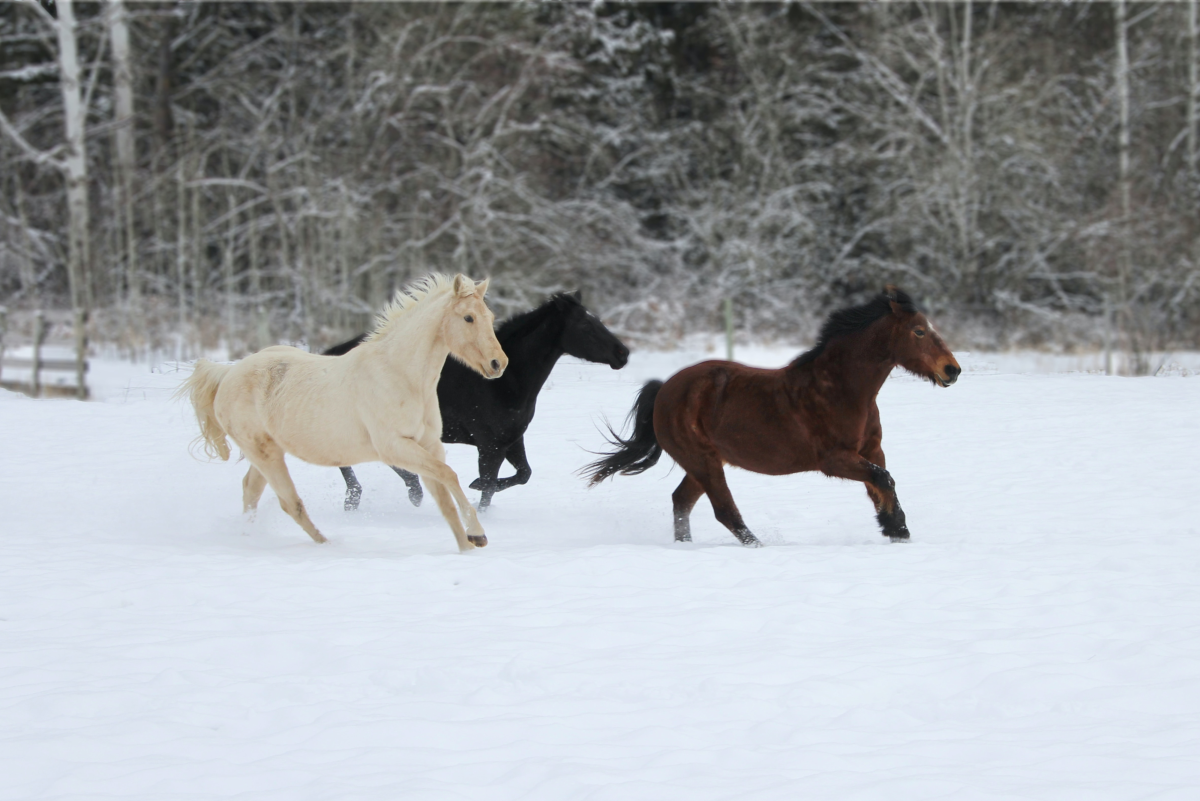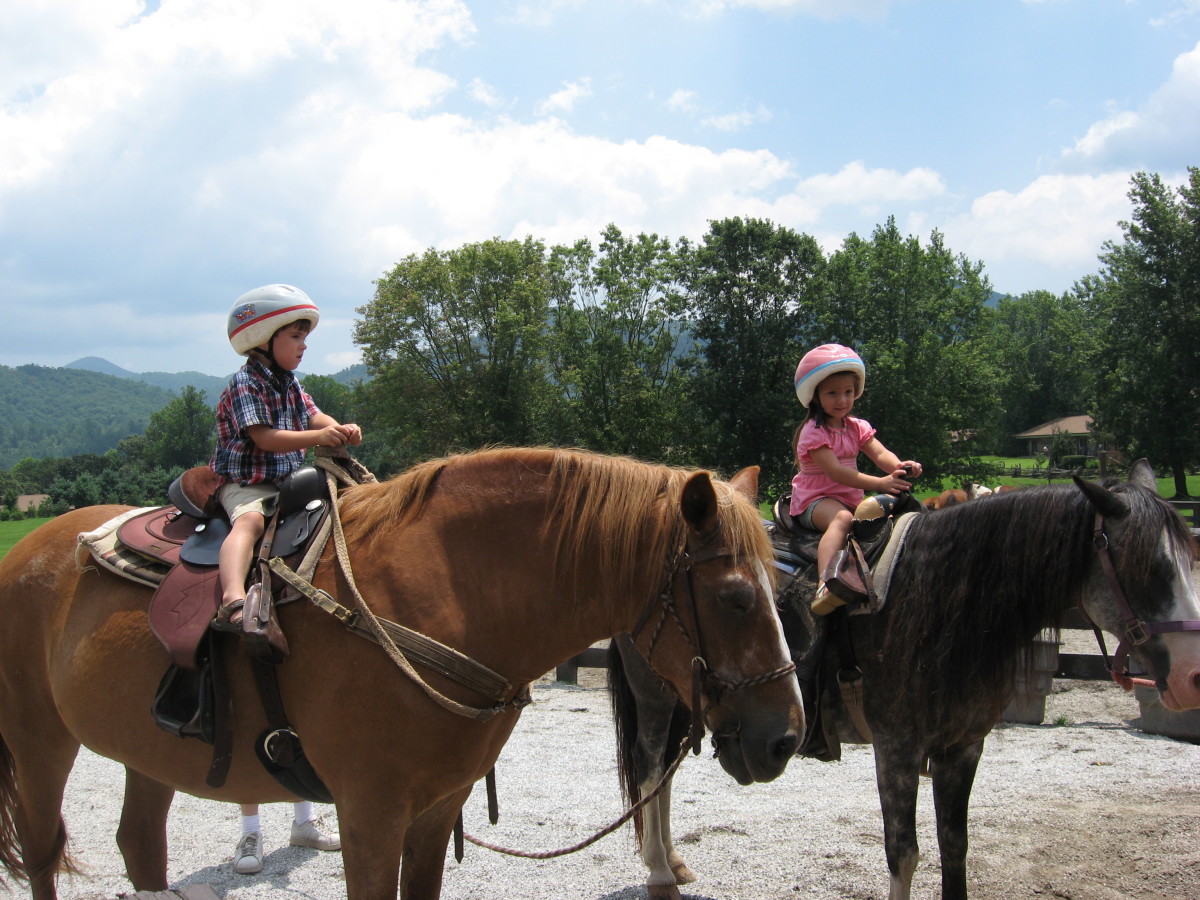Horse Training Principles - Immediacy
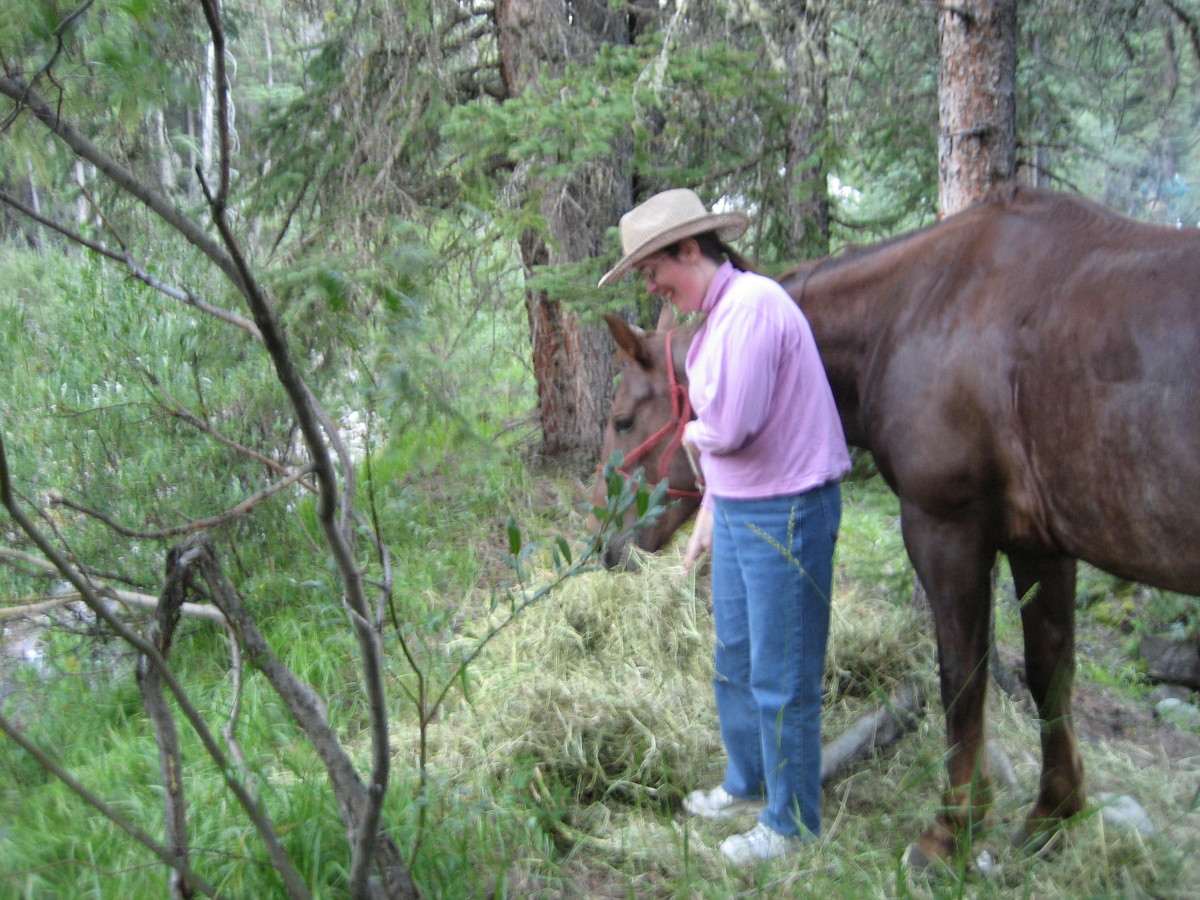
Then, Now, Will Be
Horses are creatures of routine. They are also creatures of the 'now'. Some people mistakenly thinks this means they have poor memories. In fact, the exact opposite is true. Equines have been observed to remember specific, individual humans they have not seen in months, or even years, and greet them cheerfully. Once a horse is your friend, you have a friend for life.
On the same note, people tend to think horses have no grasp of the future. This is also not true, as anyone who walks through a barn five minutes before the normal feeding time is likely to notice. They remember when they were fed yesterday and can extrapolate from that when they will be fed today.
What horses cannot handle is a delay between an action and a reaction. As humans, we can understand that if we eat too much cake today, we'll be fat tomorrow. Horses are unable to grasp these kinds of long-term consequences. What they can grasp are immediate consequences. I do this and that happens.
The Weakness of Delayed Response
Because of this, an important principle of working with horses (or any other animal) is 'immediacy'. This means that when you train a horse, your reaction to the horse's action has to come right away.
The so-called trainer who ties a horse up in the arena then comes back ten minutes later and beats it for something it did wrong during a riding session is abusing the horse - it can have no understanding of why it is being punished. On the same note, a punishment that lasts more than about thirty seconds also loses immediacy. This is why beating horses extensively is not only abusive but ineffective. (I have observed that it may stop the misbehavior then, but not prevent a repeat of it in the future).
Along the same lines, putting your horse up, going to the bathroom, then going back and giving it a treat for a good ride is also ineffective. The horse has no idea why you are giving it a cookie - although it will probably still appreciate it.
Clicker Training
Clicker training is a technique that is used by some trainers. The horse is rewarded with a sound from a clicker device and then a treat. Eventually, the treat is removed, as the horse has been conditioned to accept the 'click' as a reward. She has learned to understand it as a sign that her rider is pleased with her.
Although I do not use clicker training myself, it is generally a highly effective means of training that I have also seen work well with zebras (which are notoriously hard to train). It is effective solely because most people react faster with their hands than with their voice, making the 'click' more immediate than the vocal reward used in more traditional training. If you feel that you are able to react faster with a hand, then clicker training is effective. I personally prefer not to use it so that my hands are free, but it is an effective and humane method of training.
Quick and Clear Correction
Immediacy tells us that we need to apply any correction to a horse quickly. Corrections also need to be very clear. This is why the only acceptable time to smack a horse on the nose is for biting.
The best trainers learn to apply the correction even before the horse has completed the action. It is perfectly fine to smack a horse as it tries to bite or kick you rather than waiting for it to do so. One of the most effective corrections I ever applied was to hit a horse with a crop on the leg as it lifted it to kick me. The horse, a chronic kicker, never tried to kick me again. Not once. A sharp, even harsh correction given once, and with immediacy, is both effective and non-abusive because you should never have to do it again.
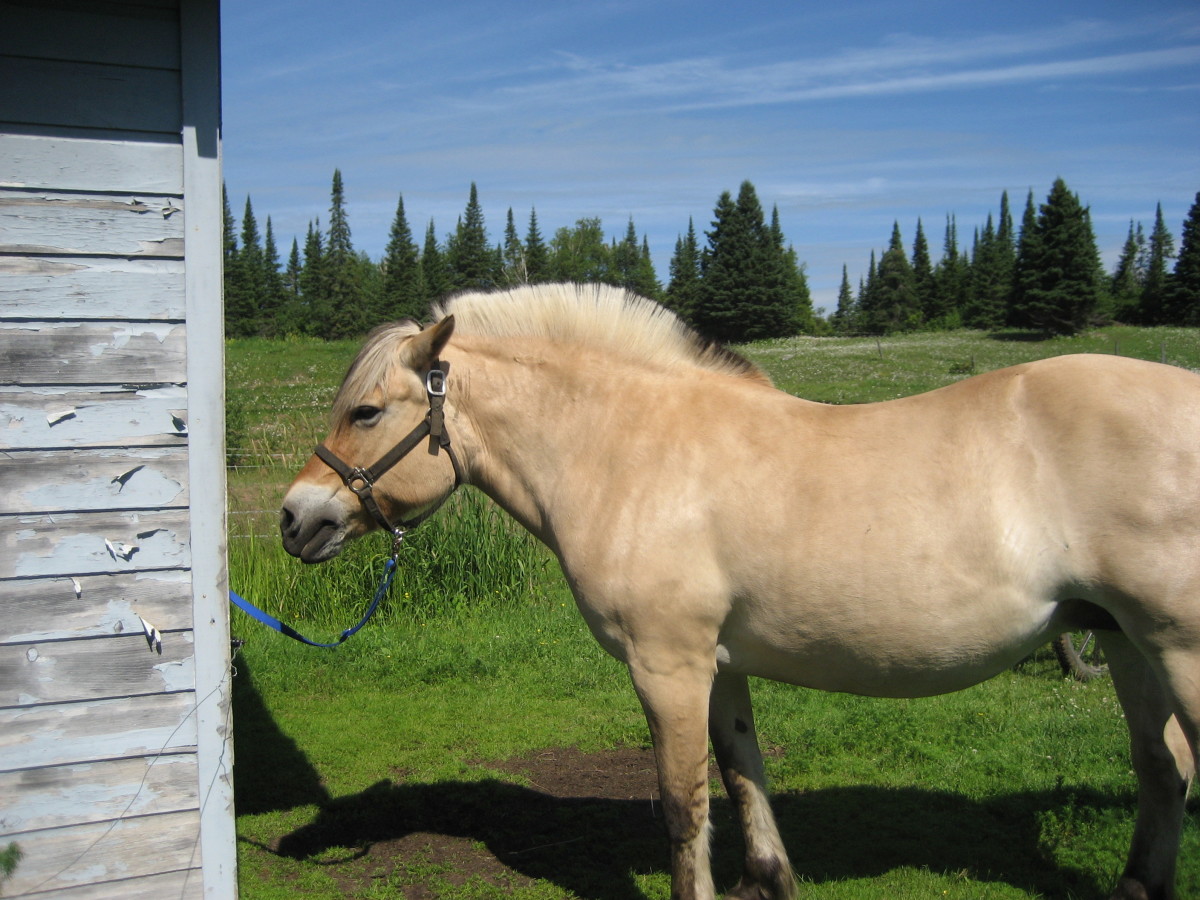
Quick and Clear Reward
As it's essential to correct a horse immediately, it's even more important to give the reward or release immediately.
When working on a new maneuver or something a horse is having problems with, it can even be important to go as far as to give full release when success is achieved. A good trainer will cut the schooling session short once they have the desired result. This might mean putting the horse up, or it might mean switching to an activity the horse enjoys. I know horses for whom going over a couple of jumps at the end of a dressage session is enjoyable enough to count as a reward.
Because of the need for immediacy, treats are not a good idea as a standard training reward (I'm not saying never give treats, but as you can't just hand out a treat in the middle of a ride easily, they should not be the conditioned reward). Instead, it is best to condition a horse to a vocal reward. Horses will soon learn that a 'good boy/girl' is a sign of social approval and, being highly gregarious creatures, they do seek social approval. (Which is another way of saying horses love attention). A good reward can also be a few minutes of free walk. Whatever you do, though, do it right away. One of the worst things you can do to a horse is work it and work it without giving any kind of reward or release.


